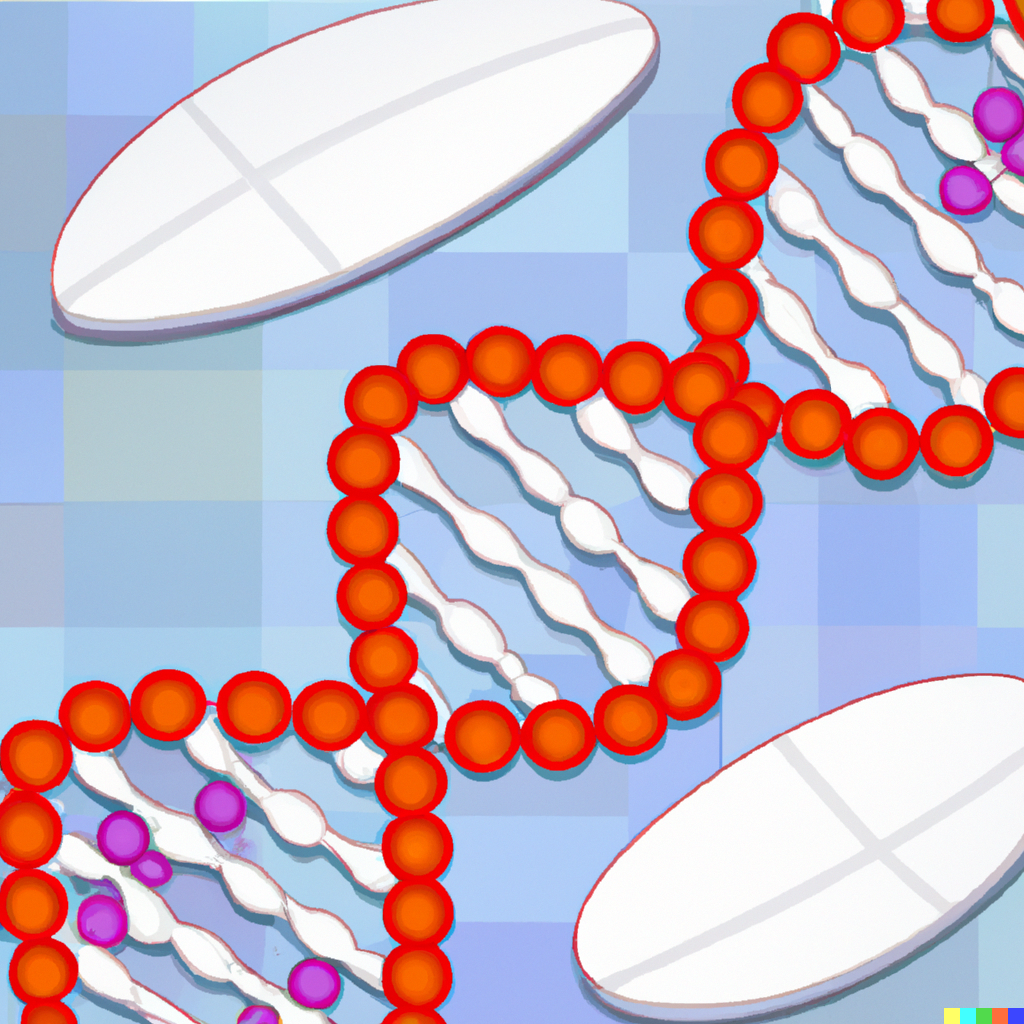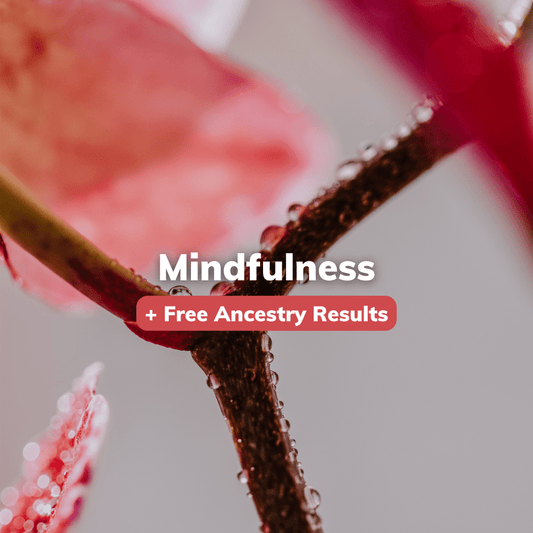
ATC Classification: Drug Class & Category Insights
BioCertica Content TeamOur previous articles explained what our pharmacogenomics report looks like and how you can navigate through it. You noticed that it contains drug class and drug category amongst the other information regarding the corresponding drug. All drugs in our report come from Pharmacogenomics Knowledge Base and are divided into classes and categories according to Anatomical Therapeutical Chemical (ATC) classification.
ATC classification: What is drug category & class?
Drug category refers to a type of drug from a medical perspective, according to organic systems and conditions that the drugs are used to treat. Drug class represents the categorization from a pharmacological perspective, mechanism of action, and biological target.
We rely on the Anatomical Therapeutical Chemical (ATC) classification system, in which drugs and their active substances are divided into groups based on the organs or systems they affect and their therapeutic, chemical and pharmacological properties. The anatomical group in the ATC classification system mentioned above is what we consider a drug category, and drug class is a pharmacological subgroup.
What is the ATC classification system?
The Anatomical Therapeutic Classification (ATC) system is widely used for organizing and categorizing drugs according to their therapeutic and pharmacological properties. Developed by the World Health Organization (WHO), the ATC system is designed to provide a standardized system for organizing drugs and other medical products, which can be used for various purposes, including prescribing, dispensing, and research.
How does it work?
The ATC system is hierarchical, with each drug being assigned to a specific category at five levels. Each level has more detailed and informative subgroups. The five levels are:
- Anatomical main group - the grouping of drugs according to their anatomical systems or organs which they act upon. For example, drugs that act on the cardiovascular system would be assigned to the cardiovascular main group. There are fourteen main anatomical groups, as shown in Table 1 below.
|
Code |
Anatomical group / category |
|
A |
Alimentary tract and metabolism |
|
B |
Blood and blood forming organs |
|
C |
Cardiovascular system |
|
D |
Dermatologicals |
|
G |
Genito-urinary system and sex hormones |
|
H |
Systemic hormonal preparations, excluding sex hormones and insulins |
|
J |
Antiinfectives for systemic use |
|
L |
Antineoplastic and immunomodulating agents |
|
M |
Musculo-skeletal system |
|
N |
Nervous system |
|
P |
Antiparasitic products, insecticides and repellents |
|
R |
Respiratory system |
|
S |
Sensory organs |
|
V |
Various |
- Therapeutic main group - the grouping of drugs according to their pharmacological, chemical, or therapeutic activity. For example, drugs used to treat high blood pressure would be assigned to the antihypertensive subgroup.
- Pharmacological subgroup - the grouping of drugs according to their particular type of pharmacological action and properties. For example, drugs inhibiting the ACE enzyme are assigned to the angiotensin-converting enzyme (ACE) inhibitor subgroup.
- Chemical substance - the grouping of drugs according to their chemical structure and composition, which can be helpful for research and development purposes.
- Chemical substance with pharmacological activity - the grouping of drugs according to their specific active ingredient.
ATC codes
In addition to the hierarchical structure, the ATC system uses codes to identify each drug. These codes consist of a letter and several numbers, providing a unique identifier for each drug. For example, the code "C09AA05" would represent an ACE inhibitor in the chemical substance subgroup.
Let’s give another example using metformin, this time in more detail. All plain metformin preparations are given the code A10BA02 in ATC. This code means the following:
Table 2: Example of ATC code breakdown (taken from Anatomical Therapeutic Chemical (ATC) Classification (who.int))
|
Code / Letter |
Classification category name |
Level |
|
A |
Alimentary tract and metabolism |
1st level, main anatomical group |
|
A10 |
Drugs used in diabetes |
2nd level, therapeutic subgroup |
|
A10B |
Blood glucose lowering drugs, excl. insulins |
3rd level, pharmacological subgroup |
|
A10BA |
Biguanides |
4th level, chemical subgroup |
|
A10BA02 |
Metformin |
5th level, chemical substance |
Overall, the ATC system is a valuable tool for organizing and classifying drugs and is used by healthcare providers, researchers, and regulatory agencies worldwide. It allows for the efficient and consistent classification of drugs.
Application
The ATC classification system is widely used in pharmacology and toxicology research, as it provides a standardized way to classify and compare the properties of different drugs. It is also used in drug information systems, such as databases and prescribing software, to facilitate the identification and selection of appropriate medications for patients.
Additionally, the ATC classification system is used in developing treatment guidelines and drug formularies, which list drugs recommended or approved for use in a particular setting or for a specific condition.
In addition to its uses in research and clinical practice, the ATC classification system is used in the regulatory process for drugs and medical products. Regulatory agencies, such as the Food and Drug Administration (FDA) in the United States, use the ATC classification system to evaluate the safety and effectiveness of drugs and to ensure that they are labeled and marketed correctly.
The ATC classification system is important for organizing and comparing drugs' and other medical products' therapeutic, pharmacological, and chemical properties. It helps healthcare professionals, researchers, and regulatory agencies to identify, classify, and evaluate the effectiveness and safety of these products and ultimately improve the quality of care for patients.
*Disclaimer:
The term “drug” in the above article refers to a chemical substance used to treat, cure, diagnose, or prevent a disease or condition. In this context, “drug” does not refer to any type of illegal stimulant or recreational drug. Alternatives for this term include medication, pharmaceutical, or therapeutic agents.
Interested in trying the BioCertica Pharmacogenetics DNA kit? Click here and add Pharmacogenetics to your cart for only R3099.
If you own any other BioCertica DNA kit, you can instantly unlock your Pharmacogenetics results for only R1999* in-app.
*Terms and conditions apply.
Written by: Nermin Đuzić, M.Sc. in Genetics, Content Specialist
Peer-reviewed by: Edin Hamzić, Ph.D. in Genetics, Chief Science Officer



